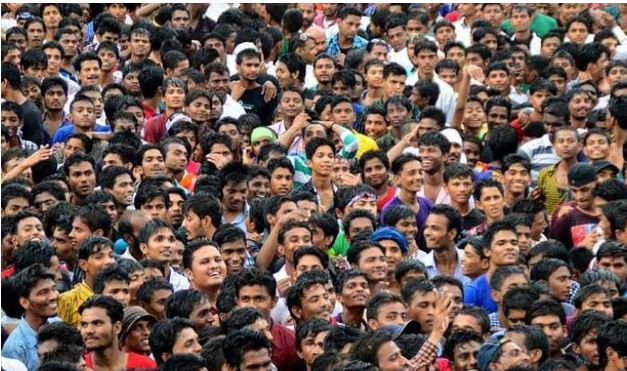India has surpassed China in population, marking a significant shift in the global demographic landscape. This milestone, which was reached in 2023, was not expected to occur until 2027, according to United Nations estimates. The population of India stands at approximately 1.4 billion, while China’s population is estimated to be around 1.38 billion.
This shift in population dynamics is likely to have significant implications for both countries and the world at large. China has long been the world’s most populous country, and its population has been a key factor in its economic growth and global influence. India, on the other hand, has been rapidly urbanizing and has a young, growing population that presents both opportunities and challenges.
One of the main drivers of India’s population growth is its high fertility rate. India has a Total Fertility Rate (TFR) of 2.2, which means that the average woman in India is expected to have 2.2 children during her reproductive years. This is significantly higher than the TFR in China, which is 1.7. As a result, India’s population is expected to continue growing for the foreseeable future.
China, on the other hand, has been experiencing a decline in its population, due to a combination of factors, including a decrease in the birth rate and an increase in the death rate. This decline in population is expected to continue in the coming decades, which could have significant implications for China’s economy and social stability.
One of the main challenges that India will face as it becomes the world’s most populous country is providing for its growing population. India already has a high poverty rate, and its rapidly growing population will put additional strain on its resources, such as food, water, and housing. The government will need to invest in infrastructure and social programs to ensure that its citizens have access to basic necessities.
Another challenge that India will face is the need to create jobs for its growing workforce. India has a young, highly educated population, but many of its citizens lack the skills and education needed to participate in the modern economy. The government will need to invest in education and training programs to prepare its citizens for the jobs of the future.
On the other hand, China’s declining population could present opportunities for the country. With a smaller population, China will have less pressure to support a large number of elderly citizens. This could allow the government to focus on other priorities, such as investing in technology and innovation. Additionally, a smaller population could lead to a more sustainable economy and a reduced carbon footprint.
In conclusion, India’s surpassing of China in population is a significant milestone that reflects the changing demographic landscape of the world. Both countries will face challenges and opportunities in the coming years as they adapt to their new roles in the global community. India’s rapidly growing population will require the government to invest in infrastructure and social programs, while China’s declining population could present opportunities for the country to focus on other priorities.








